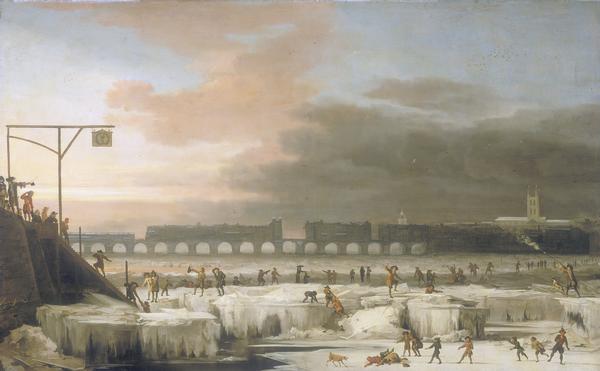Abraham Hondius on:
[Wikipedia]
[Google]
[Amazon]
 Abraham Danielsz. Hondius (about 1631 – 17 September 1691) was a
Abraham Danielsz. Hondius (about 1631 – 17 September 1691) was a Abraham Hondius
in the
 Abraham Danielsz. Hondius (about 1631 – 17 September 1691) was a
Abraham Danielsz. Hondius (about 1631 – 17 September 1691) was a Dutch Golden Age
The Dutch Golden Age ( nl, Gouden Eeuw ) was a period in the history of the Netherlands, roughly spanning the era from 1588 (the birth of the Dutch Republic) to 1672 (the Rampjaar, "Disaster Year"), in which Dutch trade, science, and Dutch art, ...
painter known for his depictions of animals. He was the son of a city stonemason, Daniel Abramsz de Hondt.
Hondius was born in Rotterdam
Rotterdam ( , , , lit. ''The Dam on the River Rotte'') is the second largest city and municipality in the Netherlands. It is in the province of South Holland, part of the North Sea mouth of the Rhine–Meuse–Scheldt delta, via the ''"N ...
and trained under Pieter de Bloot
Pieter de Bloot (1601 – c. 6 November 1658) was a Dutch painter.
De Bloot, who was born and died in Rotterdam, primarily painted landscapes and genre works
Genre art is the pictorial representation in any of various media of scenes or even ...
(1601–1658) and Cornelis Saftleven
Cornelis Saftleven (c. 1607 in Gorinchem – 1 June 1681 in Rotterdam) was a Dutch painter who worked in a great variety of genres. Known in particular for his rural genre scenes, his range of subjects was very wide and included portraits, farmho ...
.in the
RKD
The Netherlands Institute for Art History or RKD (Dutch: RKD-Nederlands Instituut voor Kunstgeschiedenis), previously Rijksbureau voor Kunsthistorische Documentatie (RKD), is located in The Hague and is home to the largest art history center i ...
He lived in Rotterdam until 1659 and moved then to Amsterdam
Amsterdam ( , , , lit. ''The Dam on the River Amstel'') is the Capital of the Netherlands, capital and Municipalities of the Netherlands, most populous city of the Netherlands, with The Hague being the seat of government. It has a population ...
. He moved to London in 1666, where he spent the rest of his life. Hondius combined throughout his career several stylistic influences and struggled to develop a style of his own. He however specialised somehow in animal
Animals are multicellular, eukaryotic organisms in the Kingdom (biology), biological kingdom Animalia. With few exceptions, animals Heterotroph, consume organic material, Cellular respiration#Aerobic respiration, breathe oxygen, are Motilit ...
pieces: more than two-thirds of his paintings, etching
Etching is traditionally the process of using strong acid or mordant to cut into the unprotected parts of a metal surface to create a design in intaglio (incised) in the metal. In modern manufacturing, other chemicals may be used on other types ...
s and drawings are hunting scenes, animals fighting and animal studies. He also executed landscapes, genre and religious scenes.
Hondius most likely moved to London in 1666 where he spent the rest of his life and died. He painted views of London such as '' The Frozen Thames'' and ''London Bridge''. His last known work is ''Ape and Cat Fighting over Dead Poultry'', dated 1690.

References
{{DEFAULTSORT:Hondius, Abraham 1625 births 1691 deaths Dutch Golden Age painters Dutch male painters Painters from Rotterdam Dutch emigrants to the Kingdom of England